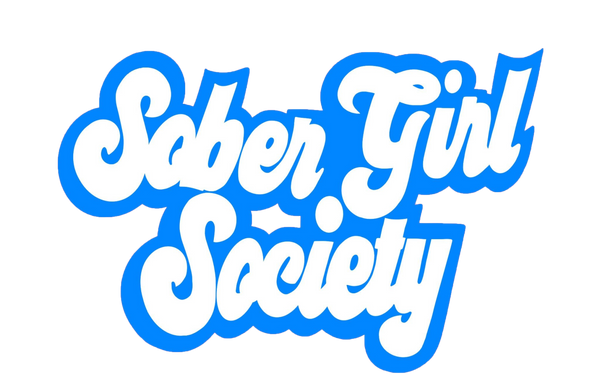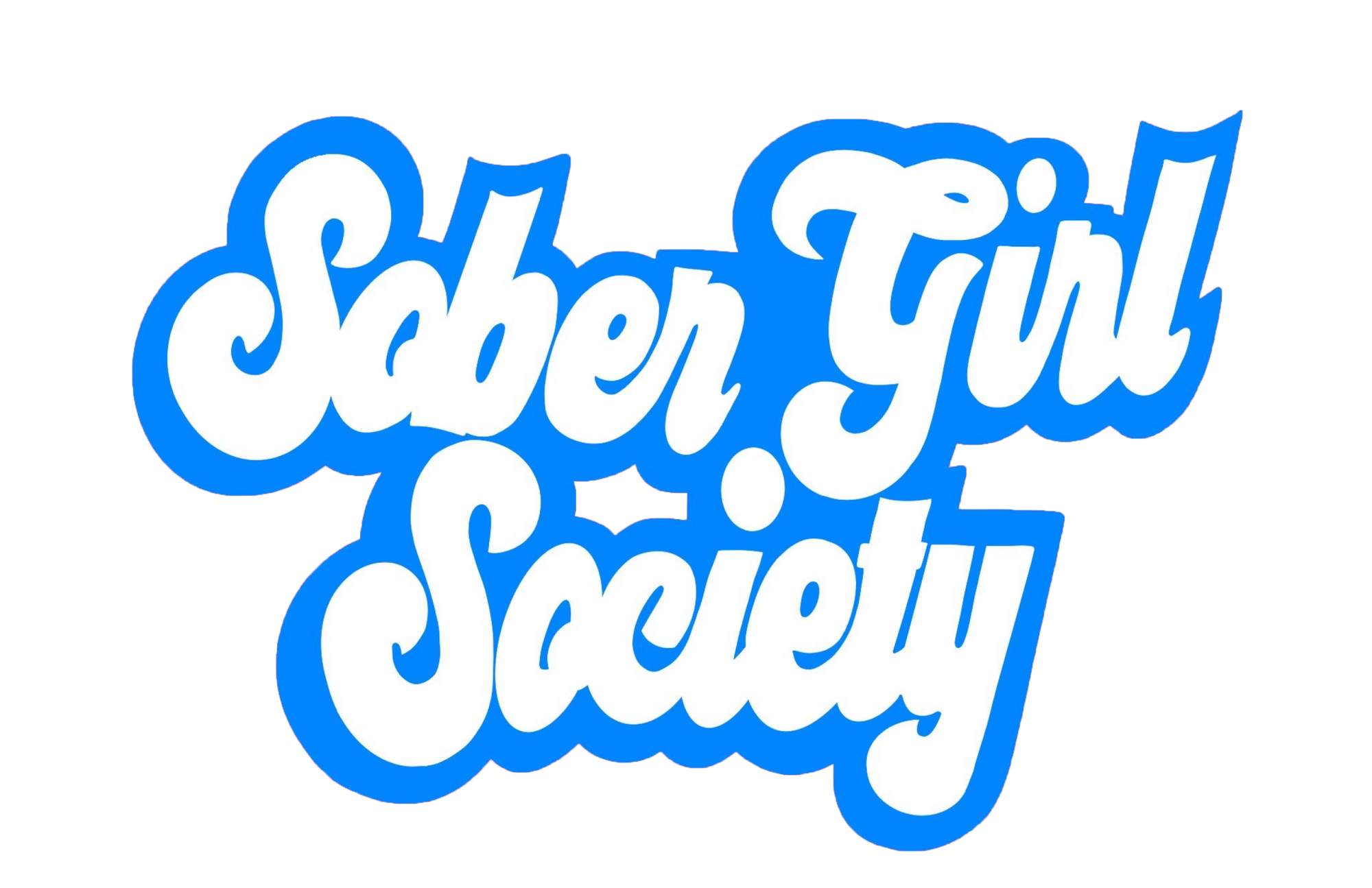Don’t get me wrong, James Bond has never been tee-total – but, the Daniel Craig era of Bond has definitely seen a shift. What has always been simmering under the surface has broken the crest of the plot, and Bond’s relationship with drink, somewhere between Skyfall and No Time To Die, has become the elephant in the room.
Bond’s behaviour, including his drinking, fast becomes our tell-tell sign that his physical and mental health is in decline. What goes from a few smatterings of murmured remarks becomes a full-blown acknowledgement in No Time To Die – other characters reference it, and even Bond references it – throwing around comments like “I haven’t had a drink in a few hours.” And, beyond the comments, it’s not something we’re meant to be able to ignore – he’s got a drink in his hand practically every other scene.
BUT, and it’s a big but, if his relationship with drink, and the uptake in shaken martini’s, is meant to illustrate that things aren’t looking so good for Bond – why do they make it look so sexy?
In No Time To Die, when he’s trying to enjoy his 27th attempt at retirement, he may be drinking heavily – but he’s drinking heavily in a multi-million pound, luxury mansion. I mean, his bathroom is literally the jungle with dewey water falling from leaves warmed by the sun. I’m not trying to insinuate that you can’t simultaneously be wealthy and have a dependency on alcohol; you can, and many many people do – however, his lifestyle sets a tone that, in my eyes, not only counters the point that they are trying to make but touches upon a harmful and insidious cultural belief that sobriety is boring. And my conclusion from that is this – way too often in film, self destruction has a certain sex appeal.
Let’s stick in the realm of Cary Joji Fukunaga’s Bond and the moment in which 007 has a mission alongside Cuban agent, Paloma played by Ana de Armas, to attend a Spectre soirée. They find themselves under a (somewhat) surprise attack – there is gunfire, there is wave after wave of men trying to kill them, there is some truly badass fighting in what can only be described as the sexiest backless dress of all time – and then there is a moment of quiet. The eye of the storm in which Paloma and Bond have 10 seconds before they must dive back into the thick of it again – and what do they do? They knock back a shot before heading back out. I know that double 0’s have a license to kill, but what about a license to drive under the influence?
Don’t get me wrong – reality shouldn’t get in the way of good film making but I think there is a take-away here. It’s not the individual scenes; it’s the cumulative effect. The same thing that we’re told is destroying Bond’s health, is also what they use to show him at his coolest, his most rebellious, his most ‘Bond’. And the result of this is that we never really take his issue with drink seriously. Whether it’s from his mouth or another character’s, the comments never really make an impact – because Bond is still Bond. He’s still ridiculously capable, he still does all the flips and all the car chases; “men still wanna be him and women still wanna sleep with him”. So what is the point of him having a drinking disorder, really and truly?
The media’s failed attempts at depicting alcoholism
The directors have to toe the line. They want the character of Bond to evolve, to emotionally mature, so they touch upon mental health and addiction – but they also can’t dismantle the foundation of what makes Bond well, Bond. So they take his penchant for Martini’s and dial it up a notch, but it’s so devoid from reality, of consequences, that it just becomes another in the long line of the media’s failed attempts at depicting alcoholism.
And it really is a long line. TV and Film’s recreation of dependencies is so lazy and so misinformed, I often wonder if they even bothered to do any research before giving it a go. It sways from one extreme to the other; think the Mum in Nightmare on Elm Street who walks around swigging from a vodka bottle to the Bond shaped manipulation of the term “high functioning alcoholic”. They are either absurd and unlikeable or, on the flip side, totally aspirational.
But, what’s the issue here? Why am I getting so worked up about it? Why do I care if Bond is half cut through what is probably the most high pressured work environment known to man? I care because it actually does impact people – and I know that because I experienced it.
The caricaturing of alcoholics as drunk every second of the day is harmful because it ignores the subtleties of the illness but, more surreptitiously so, the glamorisation of self destruction just adds to the narrative, basic as it is, that “alcohol is cool”.
There are so many examples of the glamorisation of high functioning alcoholism – think Beth Harmon in Queen’s Gambit, Don Draper in Mad Men; even Tyrion Lannister in Game of Thrones has a touch of it. And my point isn’t that the drink has no harmful consequences in their life, or that it leaves them totally untouched, my point is that it never quite stops feeling slightly likeable.
Alcohol dependency is not glamorous
Over 7.5 million people in the UK show signs of alcohol dependencies, according to NHS figures – and realistically the number will be larger than this. High functioning alcoholics, by the nature of the term, will be putting across a semblance of normality – and the sexiness of alcohol in media just makes it easier to dismiss it. I’m not saying James Bond is the reason people don’t open up about it; I’m just saying that they don’t really make drink look like an issue – do they? The consequence of this is that having an unhealthy relationship with drink is normalised, even encouraged, and a very real issue becomes increasingly easy to ignore until, eventually, by the time that people realise they have a dependency, it’s so often so far down the line that countless damage has been done.
I’m not saying that subtle depiction of alcoholism isn’t out there; the priest in Fleabag and Ruben in the Sound of Metal are two examples that come to mind. But, the vast majority of media just haven’t caught up.
And, if I’m being totally honest, I can sit here and type a very practical, very reasoned argument on why it has tangible, real life consequences – and I know it does because I’ve seen how the cultural attitude it reinforces seeps into a life. But, really, the reason I wanted to write this is because it hurts.
My life, and my family’s life, has been affected by alcohol in a way that is impossible to put into words. And when you sit down, time after time, and watch it dismissed or hyperbolised, done badly again and again, you wonder if it would be too much for someone on the script, at some point, just to have a bit of a google.
Alcohol dependencies, whether “high functioning” or not, are not sexy. They do not give; it only takes. I saw it take from my Mum for years. I saw it take from me for the same amount of time. So, if you’re going to make it a plot device, show us the respect of actually making it realistic.
Written by Jessica Blackwell
Jess lives in Bristol and is the founder of the community magazine, The Everyday Magazine. She also works as a freelance journalist, mostly writing about her own journey with mental health and the impact of dependencies on a family. Her goal is to humanise the discussion around alcohol and to be a relatable voice of support for children of parents with dependencies – when and where she can. When she’s not taking around an hour to write a four sentence bio, you’ll find her messily making a bit of art somewhere, trying to smuggle a cat into her flat or buying some more earrings she doesn’t need. You can find me at @theeverydaymagazine or @jessjaneblack












